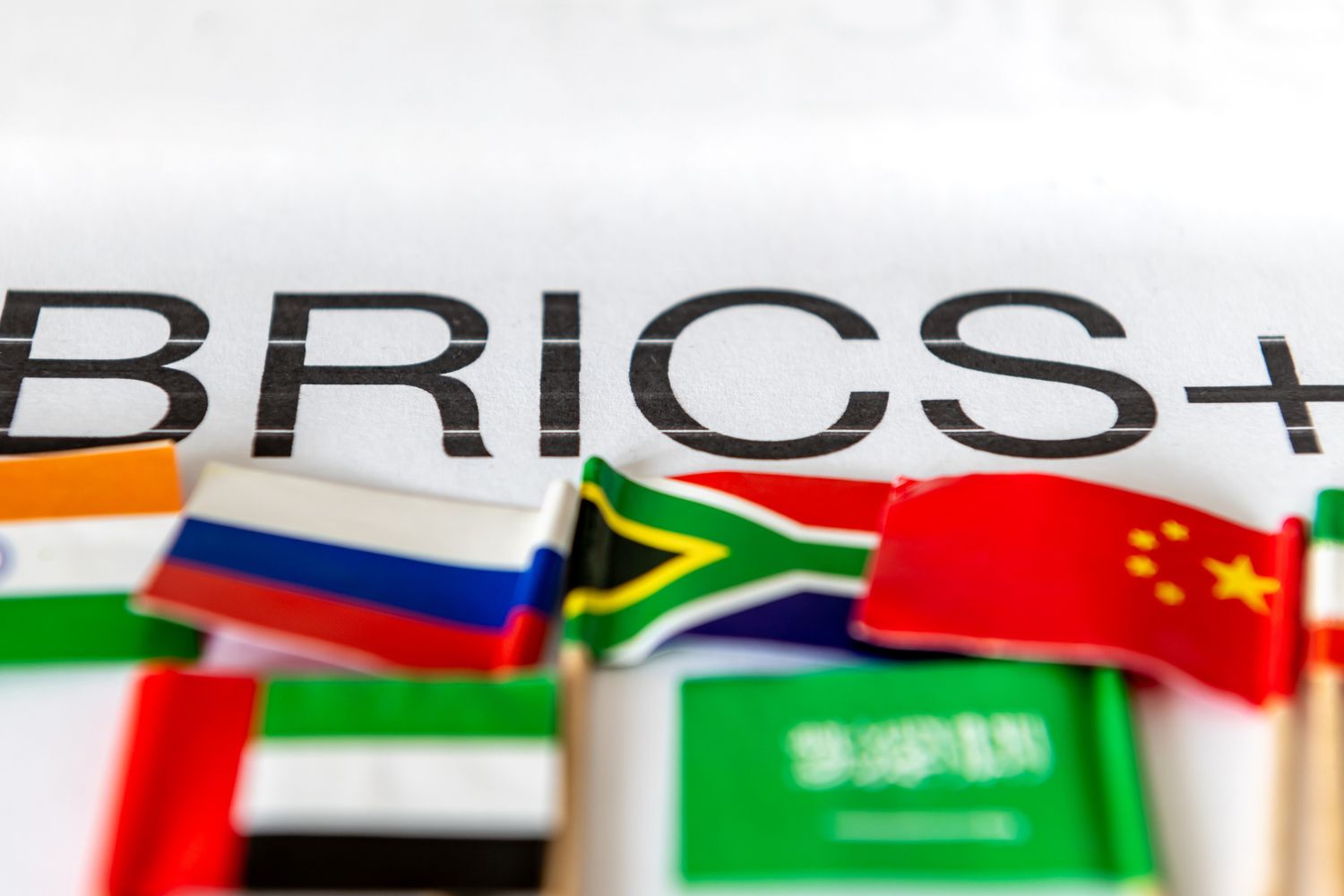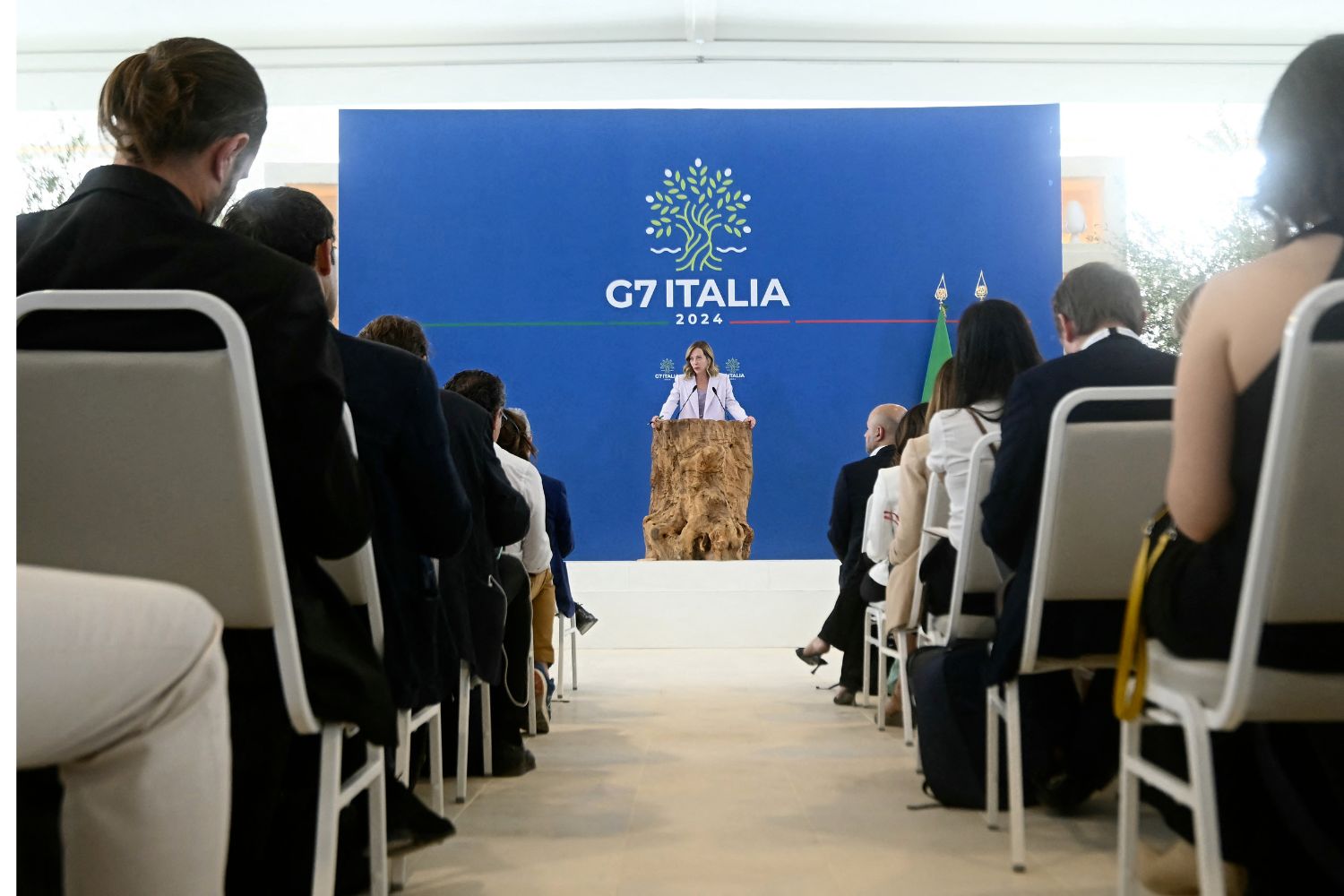China’s solar sector has recently faced a brutal earnings season, marked by significant financial losses among key players. However, there are signs of a potential easing in the industry.
Longi Green Energy Technology and five other top firms reported $2 billion in combined losses for the first half of the year. This crisis is a result of overexpansion in manufacturing capabilities, leading to severe oversupply and plummeting prices.
Exacerbating the problem are escalating trade tensions with the US and Europe, which endanger exports and have pushed some smaller companies into restructuring. The excess capacity and diminished profit margins have made it difficult for these companies to remain viable, worsening the industry’s instability.
The ripple effect of these challenges is evident in job losses and reduced innovation within the sector, as smaller players often contribute more to technological advancements.
The Chinese solar industry is responsible for about 80 percent of global solar panel production and plays a vital role in combating climate change. The current difficulties highlight the challenges of balancing production with demand in fast-growing sectors related to energy transition. As trade barriers tighten, solar manufacturers face immense pressure. The US-China rivalry complicates efforts for Chinese manufacturers to address these issues.
Washington plans to double import tariffs on solar equipment to 50 percent and is also targeting firms with factories in Southeast Asia. Furthermore, trade relations between Beijing and the European Union are worsening. The increasing dispute over subsidies has triggered a series of retaliatory trade measures that initially focused on electric vehicles but have now extended to other products like pork, dairy, and brandy.
This growing conflict has also impacted trade between China and the European Union, a significant market for Chinese solar equipment.
Chinese solar manufacturers are grappling with low profitability and market access uncertainties. Trina Chen, alongside other Goldman analysts, suggests that the solar industry is nearing the end of its downturn, with a potential cyclical bottom expected in 2025.
Longi Green Energy reported a net loss of 5.2 billion yuan ($740 million) for the first half of the year, a significant drop from its 9.3 billion yuan profit during the same period last year. Tongwei and TCL Zhonghuan Renewable Energy Technology also faced significant losses exceeding 3 billion yuan each. JA Solar Technology, Xinjiang Daqo New Energy, and GCL Technology Holdings also reported losses. The financial strain has led to decreases in stock prices, with Longi shares dropping by 1.9% and Tongwei by 2.2% recently.
Longi stated, “Facing the rapid expansion of industry production capacity in the past two years and the complex global trade environment, the industry has entered a period of deep adjustment.”
Government intervention has been requested by many executives from top Chinese firms to help revive the industry. To address the challenges, measures have been proposed, including regulating new factory construction, targeting inefficient facilities, limiting price reductions, and encouraging industry consolidation.
Some actions are already underway, with Tongwei recently acquiring Jiangsu Runergy New Energy Technology in a notable consolidation move and other companies postponing or canceling their expansion plans. However, Morgan Stanley analysts, including Eva Hou, estimate that it may take another six to twelve months for solar prices to return to levels where companies can break even.
China’s solar sector is facing a complex combination of economic, geopolitical, and environmental challenges. While the current situation poses many significant hurdles, it also offers an opportunity for the industry to emerge stronger. The global community hopes for a resolution that will support the health of the industry and advance global renewable energy objectives.
ALSO READ: China focusses on its green industries














Your point of view caught my eye and was very interesting. Thanks. I have a question for you.
Your article helped me a lot, is there any more related content? Thanks!